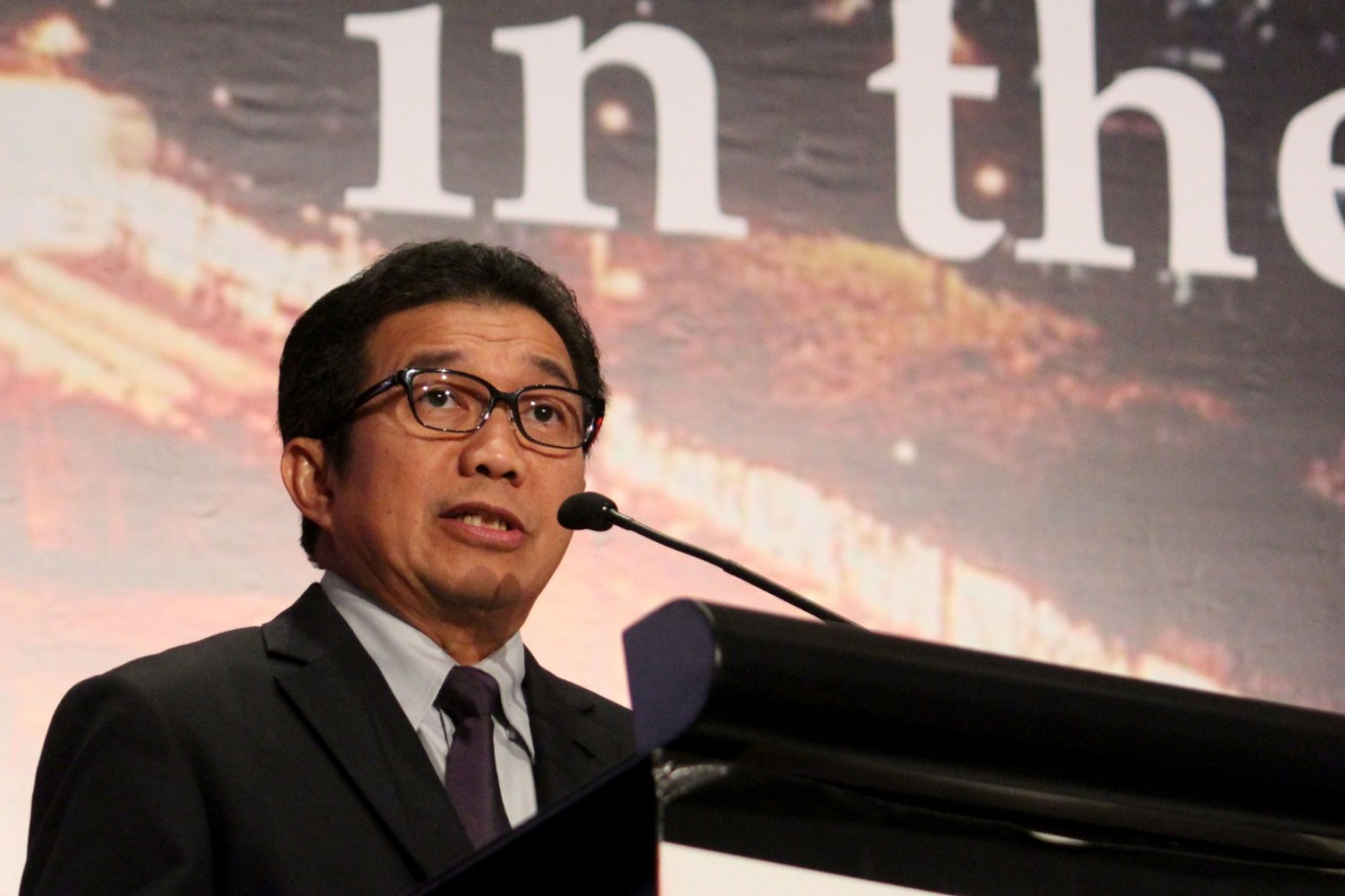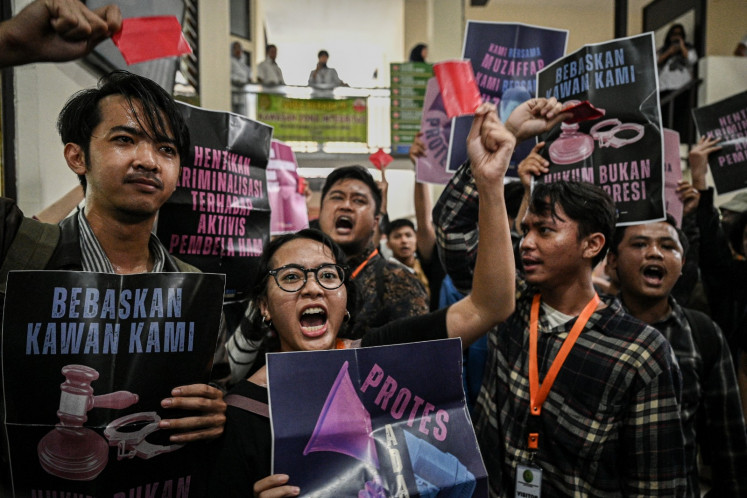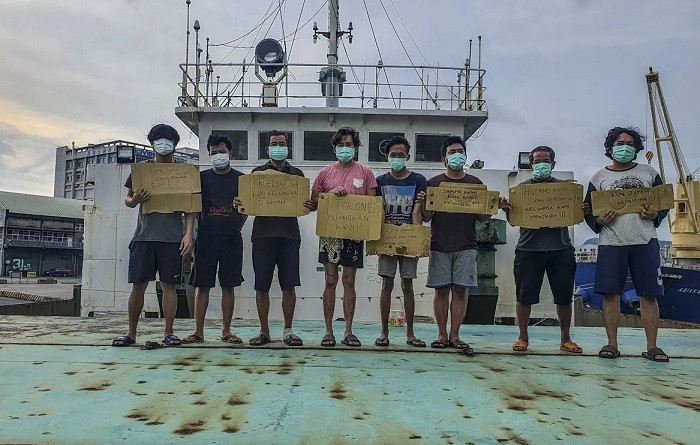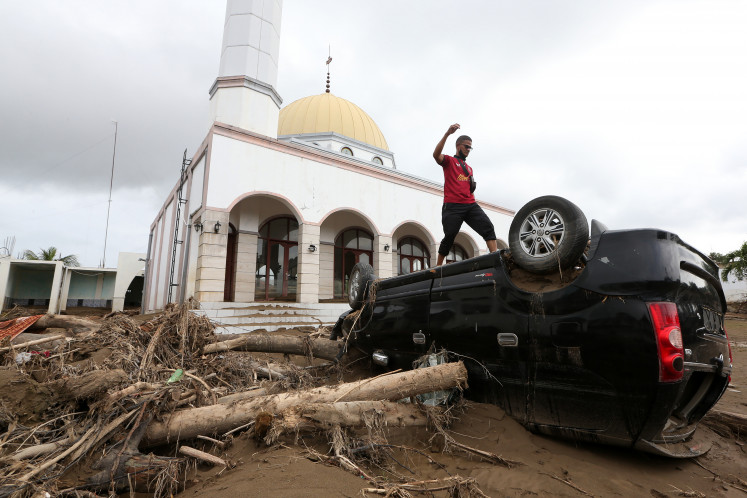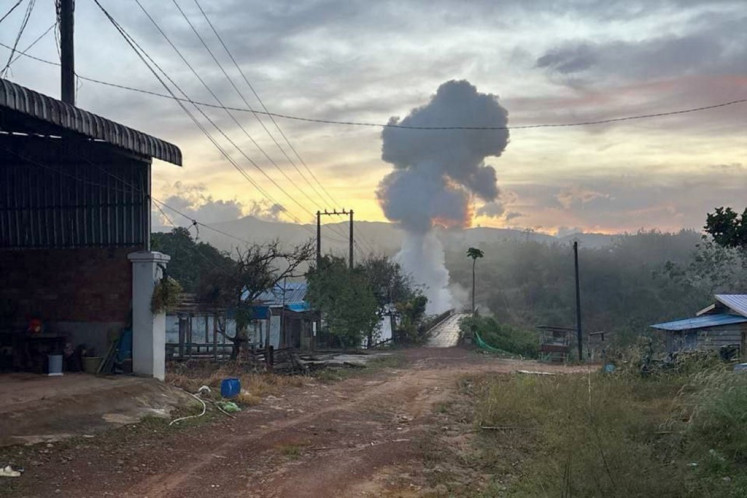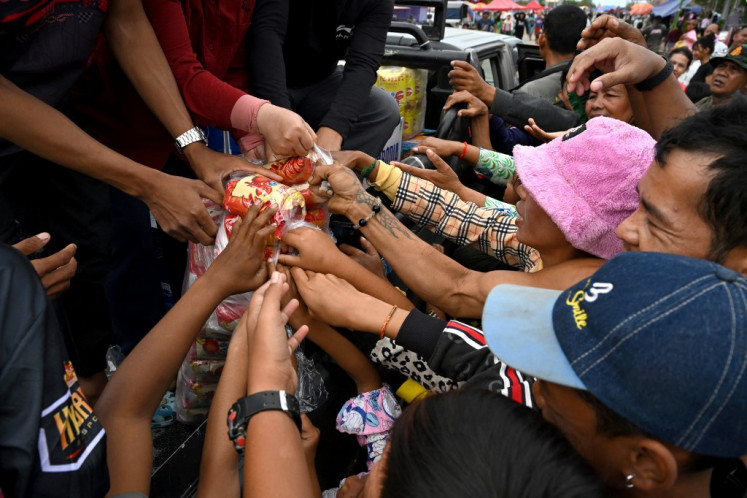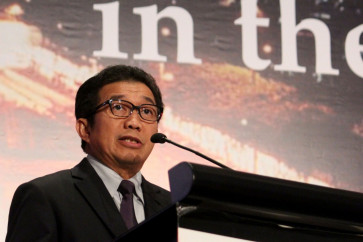Popular Reads
Top Results
Can't find what you're looking for?
View all search resultsPopular Reads
Top Results
Can't find what you're looking for?
View all search resultsAnalysis: SOEs superholding Danantara launch delayed, uncertainty looms
Change text size
Gift Premium Articles
to Anyone
T
he launch of Indonesia’s newly formed investment authority, Daya Anagata Nusantara (Danantara), initially set for November 7, has been delayed due to President Prabowo Subianto’s concurrent visit to China. Danantara is now expected to launch upon the President’s return, likely at the end of November. However, questions linger about the clarity of Danantara’s purpose and the implications of its establishment on Indonesia’s existing investment entities.
Danantara, often described as a “superholding” for Indonesia’s state-owned enterprises (SOEs), aims to consolidate the assets of seven major SOEs: Bank Mandiri, Bank Rakyat Indonesia (BRI), Bank Negara Indonesia (BNI), electricity giant PT PLN, oil and gas conglomerate PT Pertamina, telecommunications company PT Telkom Indonesia, and mining group MIND ID. Under Danantara’s management, these assets are estimated to total around US$600 billion, or Rp 9.48 quadrillion. For comparison, Indonesia’s sovereign wealth fund (SWF), the Indonesia Investment Authority (INA), was launched with Rp 75 trillion ($4.75 billion) and had assets of Rp 116.9 trillion as of 2023.
Confusion around Danantara’s role emerged soon after early proposals for an SOE superholding surfaced in September. Initially, Danantara was seen as a means to maximize SOE assets and was anticipated to assume much of the SOEs Ministry's authority. By October, however, the scope shifted, with officials describing Danantara as an investment management agency rather than a replacement for the SOEs Ministry’s functions. This reframing has led to speculation that Danantara’s current structure reflects a compromise, allowing both Danantara and the SOEs Ministry to share oversight of the nation’s 41 SOEs. (Read: Two institutions with one task: Establishing an SOEs super-holding)
In another significant development, just before the delay in Danantara’s launch, Danantara Chairman Muliaman Darmansyah Hadad announced plans to merge INA into Danantara, possibly by amending the existing government regulation (PP) on investment management. This merger aims to make Danantara the primary SWF for Indonesia.
However, the integration of INA into Danantara has raised concerns among investors about political interference in investment decisions. Much of INA’s success in attracting international partners in the last 4 years stems from its perceived neutrality—an independence that may be less assured under Danantara’s structure. To replicate INA’s trustworthiness, Danantara would need a governance model similar to that of Singapore’s Temasek, which operates without political intervention.
Adding to these concerns is the appointment of Muliaman Darmansyah Hadad as Danantara’s chairman. Hadad’s ties to Burhanuddin Abdullah, head of Prabowo’s expert team and an early proponent of the SOE superholding concept, have prompted skepticism about Danantara’s ability to operate independently of political influences. Such ties cast doubt on whether Danantara can establish the credibility required to inspire confidence on the global investment stage.
As Danantara's official debut approaches, stakeholders await further clarity on its role and governance structure. Ensuring that Danantara operates with the transparency and independence needed to attract investors will be crucial to its long-term success.

